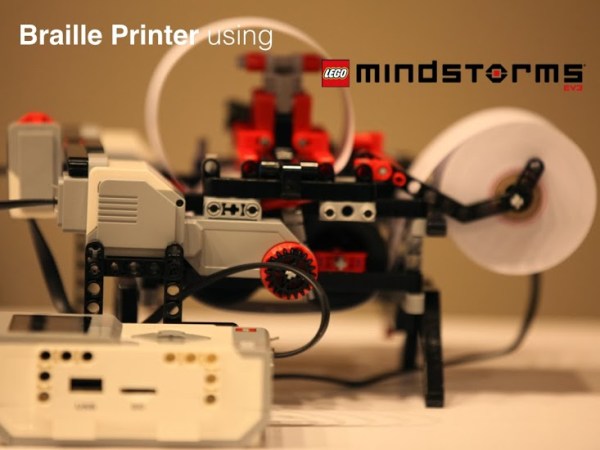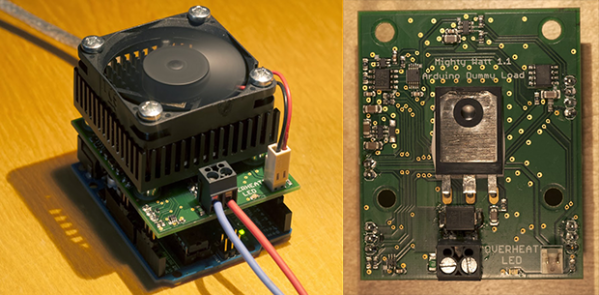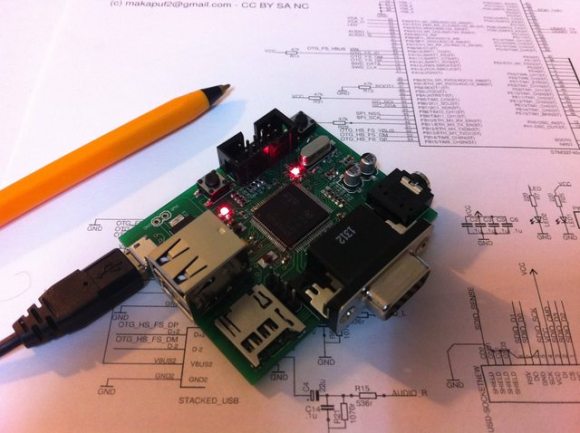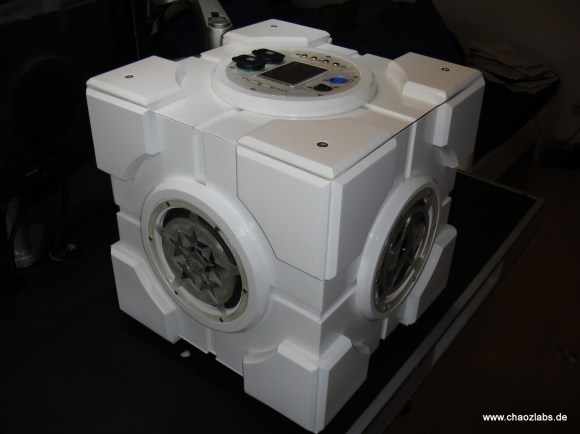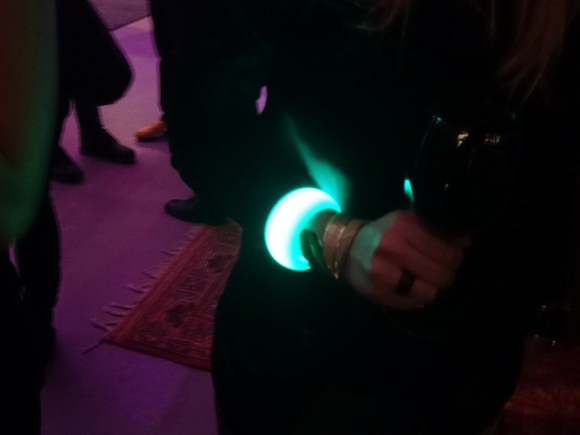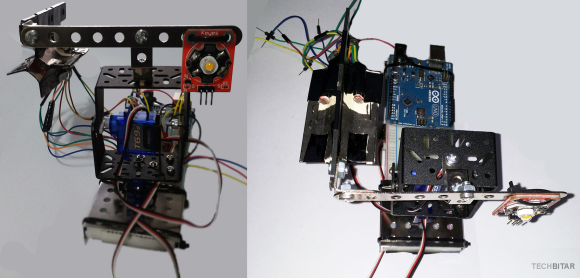
[Hazim] wrote in to tell us about his project that teaches inconsiderate drivers a lesson! Well, theoretically. The LuxBlaster is a spot light which points towards the most intense light source.
The idea is that you can blast drivers who do not turn their high-beams off with a reverse high-beam of your own. It is very important to note that this should never be used, as [Hazim] also clearly states. While this project is meant to prove that it can be done (a “what if”) project, it has two components that are very well done and can easily be used in different projects: the Arduino controlled spotlight and the light intensity tracker.
What would you use an Arduino controlled spotlight for? Smart lighting? What about a light source tracker? Let us know in the comments.
Continue reading “LuxBlaster: Blast A Beam Of Light At The Most Intense Light Source”

